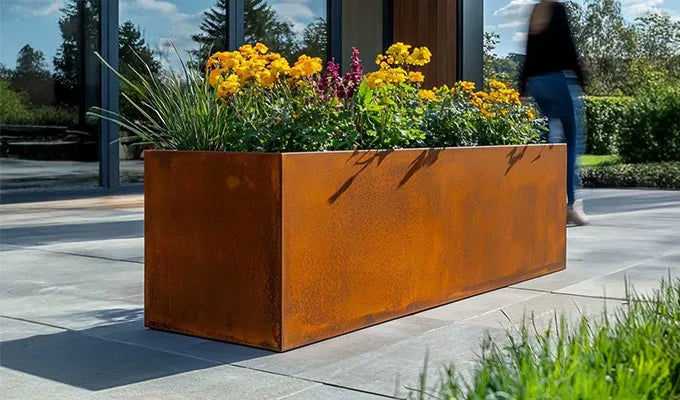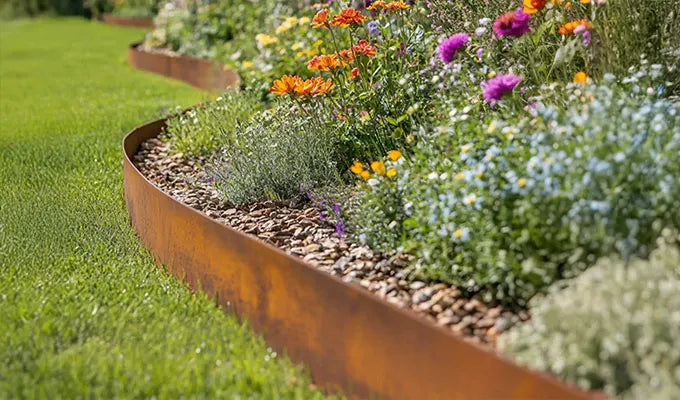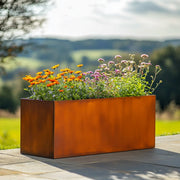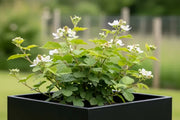The Enduring World of Grape Vines
Whilst often associated with sun-drenched vineyards of continental Europe, grape vines, or Vitis vinifera, are surprisingly resilient and can thrive beautifully within the diverse tapestry of the English climate and landscape. Far from being an exclusive pursuit for large estates, cultivating your own grapes is entirely achievable, even in more modest settings.
The key to success in England lies in selecting the right varieties and providing an optimal growing environment. Many hardy cultivars, such as 'Regent', 'Rondo', 'Phoenix', and 'Orion' for wine, or dessert grapes like 'Boskoop Glory' and 'Muscat of Alexandria' (often best under glass), are well-suited to our cooler summers. They appreciate a south or south-west facing aspect, ideally sheltered from strong winds, where they can soak up as much sun as possible. A position against a warm wall or fence, which stores and radiates heat, is particularly beneficial. Well-drained soil is paramount; heavy clay soils should be amended with grit or organic matter to prevent waterlogging, which vines absolutely despise. A slightly alkaline to neutral soil pH is generally preferred.
For those with limited ground space or a desire for flexible gardening, grape vines are wonderfully adaptable to being grown in planters. This offers the advantage of precise control over soil conditions and, crucially, allows for easier winter protection if needed. Opt for a substantial container, at least 45-60cm in diameter and depth, to accommodate the vine's root system. Fill it with a good quality, loam-based compost such as John Innes No. 3, ensuring excellent drainage. Container-grown vines will require more frequent watering, especially during dry spells, and regular feeding with a balanced fertiliser throughout the growing season. In winter, move containers to a more sheltered spot or wrap them with bubble wrap or hessian to protect roots from severe frost.
To cultivate a healthy, productive vine, understanding its growth habits is crucial. Planting is best done in late autumn or early spring. Provide robust support from the outset – a sturdy trellis, wires against a wall, or a pergola are ideal. Pruning is perhaps the most important aspect of vine care in England, dictating both shape and fruit production. The most common methods are the 'rod and spur' or 'cane replacement' systems. Winter pruning, when the vine is dormant (typically December to February), involves removing old wood and establishing new fruiting spurs or canes. Summer pruning, carried out from late spring through to autumn, focuses on thinning out excess growth, removing leaves that shade ripening fruit, and pinching back shoots to concentrate the vine's energy into grape development. Regular feeding, particularly potassium-rich feeds once fruits begin to form, will encourage sweet, plump grapes. Consistent watering, especially during flowering and fruit swell, is also vital.
Grape vines typically produce their small, inconspicuous flowers in late spring to early summer, usually around May or June in England, depending on the variety and prevailing weather. These flowers are mostly self-fertile, so you won't need a partner vine for pollination. Following successful pollination, the tiny grapes begin to form. The fruit then develops and ripens throughout the summer, reaching maturity from late August through to October. The precise timing for harvesting will depend on the grape variety and the warmth of the summer, but generally, when the grapes are plump, coloured (for red varieties), and taste sweet, they are ready to be picked and enjoyed.





















